Discover 20 hidden attractions, cool sights, and unusual things to do in Costa Rica. Don't miss out on these must-see attractions: Costa Rican Center of Science and Culture (San José), Mercado Central de San José (San José) or Museo del Oro Precolombino (San José).
Below, you can find the list of the most amazing places you should visit in Costa Rica.
Table of Contents
Costa Rican Center of Science and Culture, San José
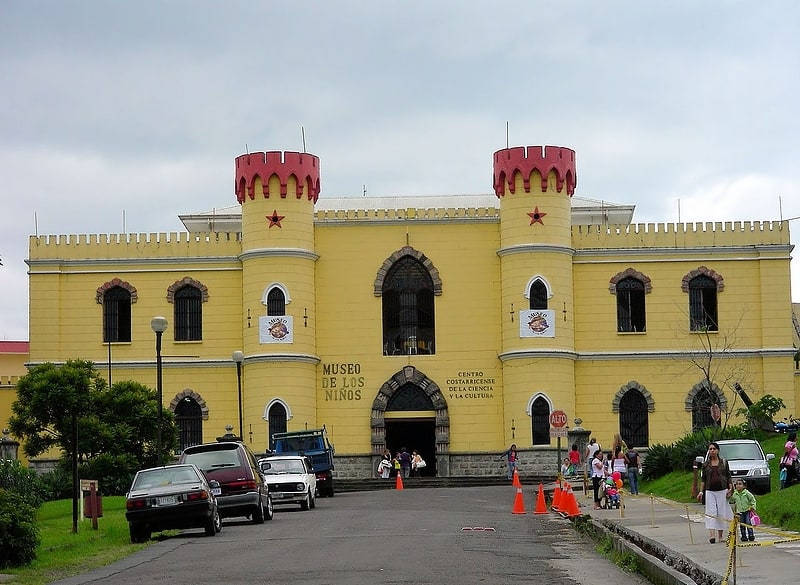
Also known as: Centro Costarricense de la Ciencia y la Cultura
Museum in San José, Costa Rica. Centro Costarricense de la Ciencia y la Cultura is a science and culture museum complex in Costa Rica. Located in a fortress-like building that once served as the central penitentiary between 1910 and 1979, the center was inaugurated in 1994. It contains a number of important institutions including the National Auditorium, the Museo de los Niños, the National Gallery and a number of others.[1]
Mercado Central de San José, San José
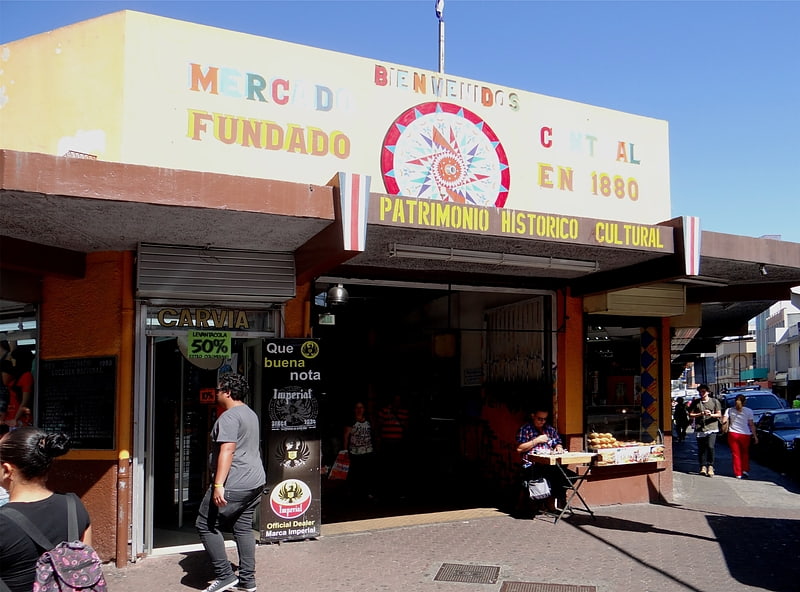
Also known as: Mercado central de San José
Compound building in Costa Rica. San José Central Market is the largest market of the city of San José, Costa Rica. Established in 1880, it occupies an entire block on Avenida Central, 250m northwest of the Parque Central.
The market contains a complex of narrow alleys with over 200 shops, stalls, and cheap restaurants called sodas. A huge range of meats, fish, fruits, vegetables, coffees, and other products are for sale including snakeskin boots and cowboy saddles, herbal remedies, flowers, cooked meals, souvenirs, and local handcrafts. Tens of thousands of people visit the market daily.
Two blocks to the north is the Mercado Borbón, which specialises in food, with numerous butchers, fishmongers, and fruit vendors located there.[2]
Address: Av. Central, San José (Merced)
Museo del Oro Precolombino, San José
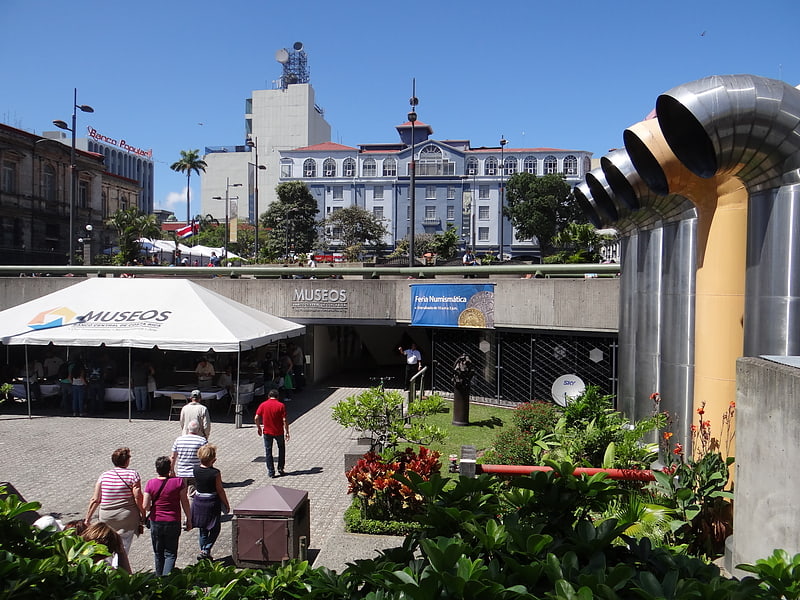
Museum in San José, Costa Rica. The Pre-Columbian Gold Museum is a museum in San José, Costa Rica. It is located in a subterranean building underneath the "Plaza de la Cultura" and is owned and curated by the Banco Central de Costa Rica. The museum has an archaeological collection of 3,567 Pre-Columbian artifacts made up of 1,922 ceramic pieces, 1,586 gold objects, 46 stone objects, 4 jade, and 9 glass or bead objects. The gold collection dates from 300 to 400 BC to 1550 AD. The collection includes animal figurines, amulets, earrings, erotic statuettes and several dioramas including El Guerrero, a life sized gold warrior figure adorned with gold ornaments in a glass case and a detailed scale model of a Pre-Columbian village. There is also a replica of a pre-Columbian grave containing 88 gold objects which was unearthed on a banana plantation in southeastern Costa Rica in the 1950s. In Costa Rican history, gold was considered a symbol of authority and the items are testament to the craftmanship of the Pre-Columbian period.
The Museo Numismático (National Coin Museum) is also located in the same building on the ground level and features displays dating back to 1236, including coins, banknotes and unofficial items such as coffee tokens. The "Casa de Moneda" is also located on the ground level with information on the history of minting in Costa Rica and displays illustrating its development. The collection includes Costa Rica's first coin, the Media Escudo which was minted in 1825.[3]
Address: Calle 5, San José (Catedral)
Irazú Volcano, Cartago
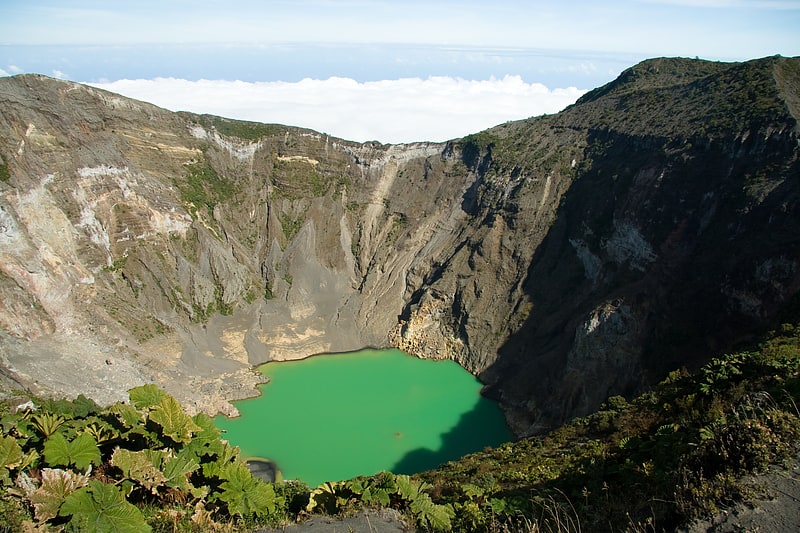
Also known as: Volcán Irazú
Volcano in Costa Rica. The Irazú Volcano is an active volcano in Costa Rica, situated in the Cordillera Central close to the city of Cartago.
The name could come from either the combination of "ara" (point) and "tzu" (thunder) or a corruption of Iztarú, which was the name of an indigenous village on the flanks of the volcano. In Costa Rica it is known by the name of "El Coloso" (The Colossus) due to the catastrophes that it has provoked in the past.
The volcano's summit has several craters, one of which contains Diego de la Haya, a green crater lake of variable depth. At 11,260 feet (3,432 m), the Irazú Volcano is the highest active volcano in Costa Rica. It is easily visited from San José, with a road leading right up to the summit craters and a weekly bus service to the top. It is thus a popular tourist spot. The summit of the volcano also houses a few television transmitters for television stations in San José.
From the top it is possible to see both the Atlantic and Pacific Oceans on a clear day. However, such clear days are rare, and the volcano's summit is usually cloud-covered.
The volcano is contained within the Irazú Volcano National Park, which spreads across 5,705 acres (2,300 ha). The national park contains both primary and secondary montane forests and is home to armadillos, owls, rabbits, foxes, woodpeckers, and hummingbirds.[4]
La Fortuna Waterfall, La Fortuna
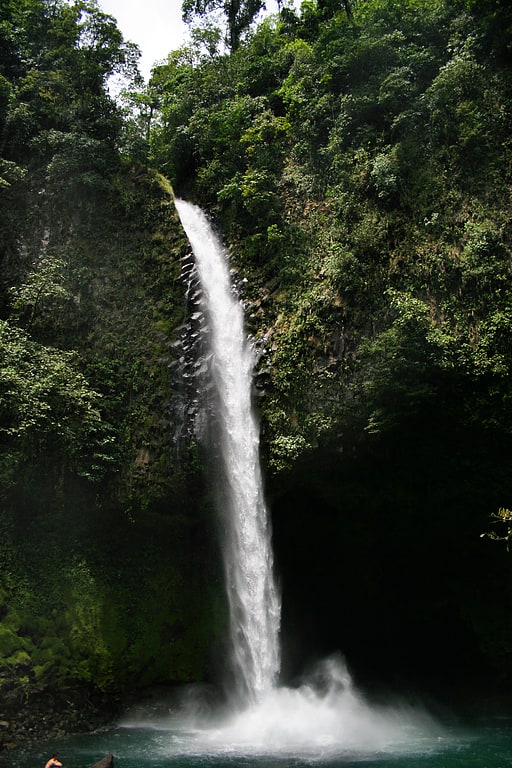
Also known as: Catarata La Fortuna
70-m. cascade in a forest setting. La Fortuna Waterfall is in central Costa Rica, in the Alajuela Province. In Spanish, it is known as Catarata Fortuna. The waterfall drops about 70−75 meters and is at the base of the dormant Chato volcano, about 5.5 km outside of the town of La Fortuna, near the Arenal Volcano. It is fed by the Arenal River, which travels through the rain forest in the Arenal Mountain range until it plunges over the cliff, forming this waterfall.
The admission is US$18 for adults and $18 for children over 6. The hike down to the waterfall is short and arduous, along a staircase carved into the hillside. Guests are encouraged to swim in the stream and small rapids below the falls, and there's a lifeguard on duty. There are restrooms and showers in the guest facilities atop the cliff, along with a restaurant and gift shop. It should take 10 minutes to go down and about 20 to get back up to the parking lot. Open from 7:30 am to 4:00 pm.[5]
Jaguar Rescue Center, Puerto Viejo de Talamanca
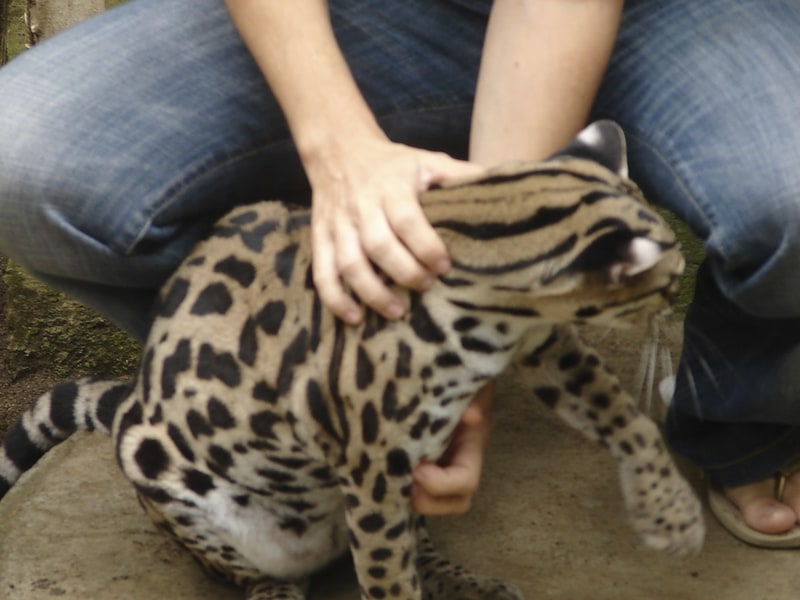
Wildlife rescue service in Costa Rica. The Jaguar Rescue Center is an animal rescue center located near Puerto Viejo de Talamanca in the Limón Province of Costa Rica. The center is dedicated to the rehabilitation of mistreated, injured, orphaned, and/or confiscated animals. Once the animals are fully rehabilitated, they are reintroduced into their natural habitats in protected areas within Costa Rica, usually after a period in La Ceiba primary forest. Visitors are permitted in the center during certain times each day. The center was founded by the Italian biologist Sandro Alviani and his wife Encar García, a Catalan biologist, who runs it with help of volunteers from all around the world and hosts numerous mammals, birds, reptiles, and amphibians. The center also houses a large serpentarium of venomous and nonvenomous snakes native to Costa Rica.
The Jaguar Rescue Center does not receive any government funding to operate, instead relying on community support, donations, and entrance fees for both group and private tours.[6]
Address: South Puerto Viejo, Puerto Viejo de Talamanca
Arenal Volcano, La Fortuna

Also known as: Parque nacional Volcán Arenal
National park in Costa Rica. Arenal Volcano National Park is a Costa Rican national park in the central part of the country, part of the Arenal Huetar Norte Conservation Area. The park encompasses the Arenal Volcano, the most active in the country, which was believed to be dormant until a major eruption in 1968. It neighbors Lake Arenal, which is the site of the country's largest hydroelectricity project, the Lake Arenal Dam.
The park also contains a second volcano, Chato, whose crater contains a lagoon. It is also called Cerro Chato (literally Mount Chato) as it has been inactive for around 3500 years – coinciding with the creation and growth of Arenal itself. In and around the park are various lodges and hotels, some with their own hot springs, and others focused on the wildlife of the area. Within the national park are the Museum of Volcanicity and a ranger station.
The park lies within the Arenal Huetar Norte Conservation Area, protecting eight of Costa Rica's 12 life zones and 16 protected reserves in the region between the Guanacaste and Tilarán mountain ranges, and including Lake Arenal. The park is most directly accessed from La Fortuna, but is also easily accessed via Tilarán and the north shore of Lake Arenal.
The Arenal Volcano National Park is popular with birders, as most of the 850 species identified in Costa Rica can be found within the park's borders. This includes one of the country's most elusive and beautiful birds, the endangered resplendent quetzal. Other animal species living within the park include white-faced capuchin monkeys, jaguar, deer, coati, and snakes like the fer-de-lance and parrot snake. The park also has a strong showing of plant life, including orchids, heliconias, ferns, laurel, cirri, guayabo de monte, palms, bromeliads, and strangler figs.[7]
Basílica de Nuestra Señora de los Ángeles, Cartago

Basilica in Cartago, Costa Rica. The Basílica de Nuestra Señora de los Ángeles is a Roman Catholic basilica in Costa Rica, located in the city of Cartago and dedicated to the Virgen de los Pardos, officially known as Virgen de los Ángeles. The basilica was built in 1639 and was partially destroyed by an earthquake. The basilica has since been restored and constitutes a unique mix of colonial architecture as well as 19th century Byzantine style, the current building dates back to 1939.
The Basilica of Our Lady of the Angels is consecrated to the Virgin of Nuestra Señora de los Ángeles, a small representation of the Virgin Mary carrying the infant Jesus, said to have been discovered by a peasant girl in Cartago. Tradition claims that the little girl found the small statue on a rock and took it home. The next morning she found that the statue was not there but back at the rock, so she took it to the priest and he locked it in a small box. The next morning the statue was back at the rock. During the construction, the church was destroyed by earthquakes so many times, it was finally decided to move it to the location where the statue was found and they were able to finish construction. Many people think that the earthquakes were signs that the Lady of Los Ángeles wanted the basilica built there.
Owing to the dark complexion of the stone statue, she is sometimes affectionately called La Negrita or Reina de Cartago (lit. Queen of Cartago). The original statue is kept in a golden shell inside the basilica. An official decree declared the Virgin of the Angels the official patron of Costa Rica.
In the days leading to August 2, the Basilica is the object of extensive pilgrimage and visitation by over a million believers (estimates range from 1 to 2.5 million people), many of whom walk from different points throughout the country. However, most people join the 22-kilometer walk to the basilica from San José and surrounding communities. Locally the pilgrimage is known as the Romería and is one of the most enduring of Costa Rican traditions. As a demonstration of their piety, many people choose to crawl part or the complete journey on their hands and knees.
At the basilica they wash themselves and drink the water from the rock on which the statue was found. Scientists have since found this water to be safe to drink even though no filtration or chemicals are used to purify the water.
The basilica is open all day long and it is not uncommon to find several people stopping in for a prayer. In addition people will bring small silver medals shaped like body parts, where the shape represents the body part the pilgrim is concerned about. They leave them in front of "La Negrita" in hope that they will be cured. After a time, these medals are collected and stored. A selection of some of them can be seen in a museum Museum in the same site.[8]
Address: Calle 1, Cartago
EcoTermales Fortuna, La Fortuna
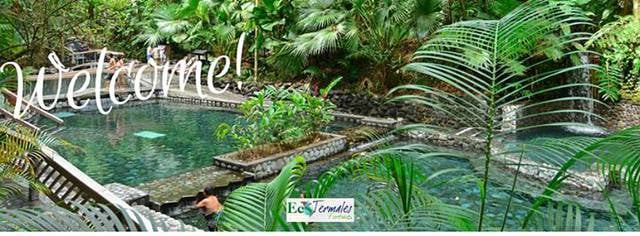
Hot springs, Park
Address: Carretera hacia Volcán Arenal, La Fortuna
Playa Chiquita, Puerto Viejo de Talamanca
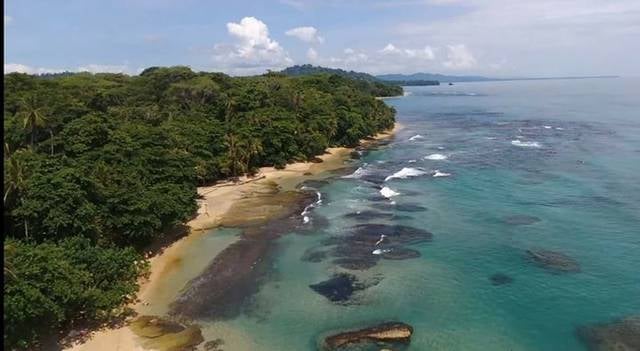
Beach, Park, Outdoor activities
Address: Playa Chiquita, Puerto Viejo de Talamanca
Rescate Wildlife Rescue Center, Alajuela
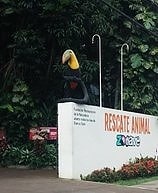
Also known as: Rescate Animal Zoo Ave
Conservation park in Costa Rica. Rescate Wildlife Rescue Center, formerly Rescate Animal Zoo Ave, is an urban park of approximately 14 hectares, located in La Garita, in the canton of Alajuela, Costa Rica. It has an average altitude of 814 meters and is bounded to the north by the bed of the river Rio Poas. The site includes the largest collection of bird species in Latin America.
It is administered by a conservation nonprofit foundation called Fundación Restauración de la Naturaleza, which also is responsible for the country's largest rehabilitation center in the Rescate Wildlife campus.[9]
Address: La Garita de Alajuela, 20101 Alajuela
Jardín Botánico Lankester, Cartago
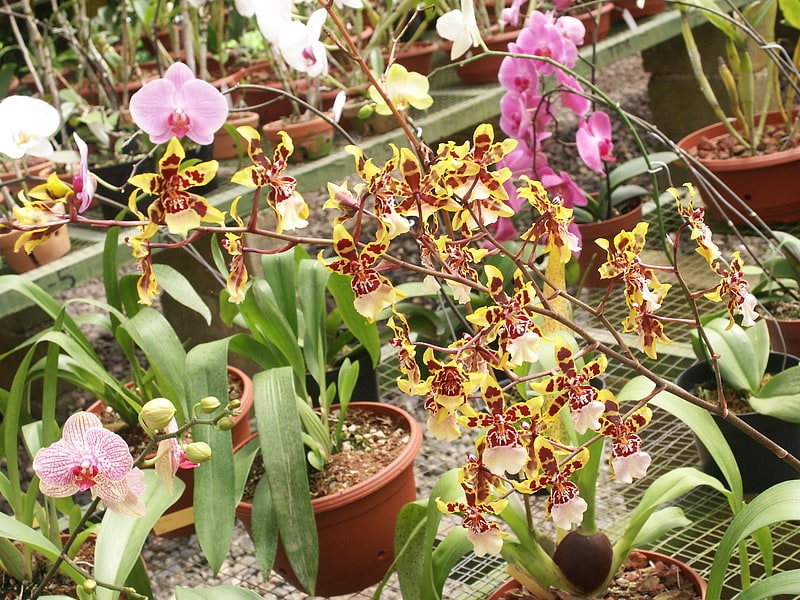
Botanical garden in Cartago, Costa Rica. The Lankester Botanical Gardens are a set of gardens outside of Cartago, Costa Rica. The garden is open to the public, but is operated by the University of Costa Rica as a research center and is a major center for orchid research in both Central America and the Caribbean.[10]
Address: Paraíso, Cartago, Cartago
Serpentario de Monteverde, Santa Elena
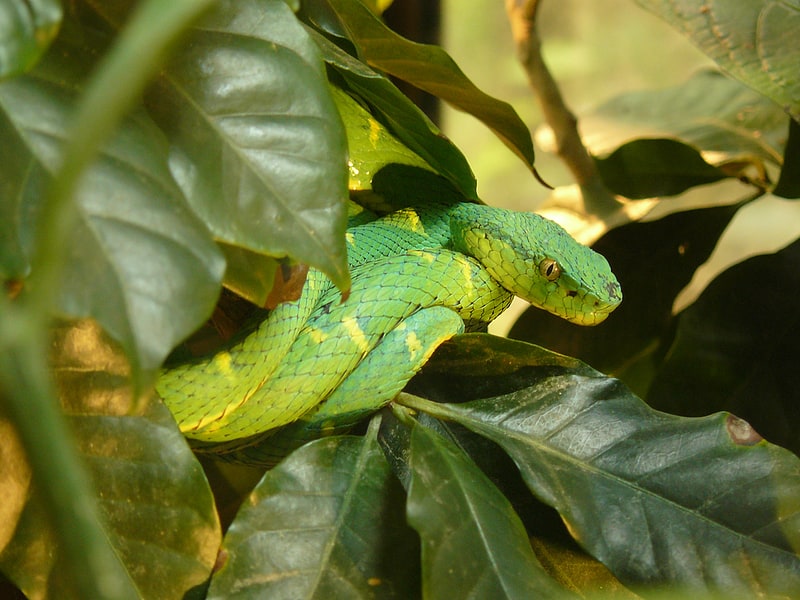
Tourist attraction in Monteverde, Costa Rica. Serpentario de Monteverde is an urban park of approximately 14 hectares, located in southern Monteverde, in the Puntarenas Province, Costa Rica. It has an average altitude of 1327 meters and is contiguous to the Monteverde Orchid Garden to the north and the Butterfly Garden to the south. The site includes reptiles, poison arrow frogs and over 20 species of snakes. Most species in the serpentarium can be found wild in the surrounding forests.
The Serpentarium of Monteverde is located in the heart of the Cordillera de Tilarán. Most of the surrounding areas are protected by the Zona Protectora Arenal-Monteverde which makes for a mostly undisturbed set of cloud forests over 4,000 feet in elevation. The park is in the south suburbs of Santa Elena, the main commercial center of the zone.[11]
Address: Santa Elena on road to Monteverde, Santa Elena
Iglesia de la Agonía, Alajuela

The Iglesia de la Agonía is a Roman Catholic church in Alajuela, Costa Rica. Built in 1825, it is an adobe colonial church and is recognisable by its white Spanish style brickwork.
The church contains a small museum of notable religious artwork.[12]
Address: Sobre calle ancha, sector este de Alajuela, Alajuela
Parque Marino del Pacífico, Puntarenas
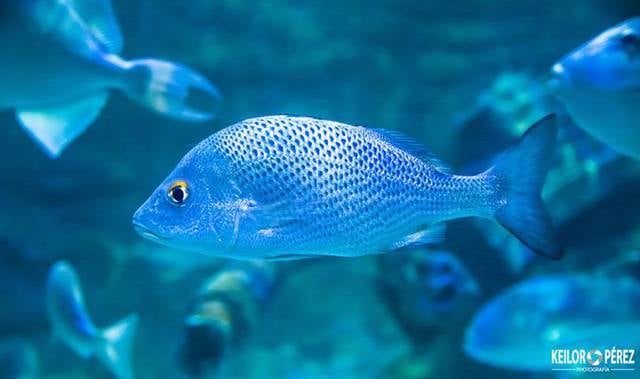
Aquarium, Theme park, Zoo, Amusement park, Park
Address: Mts Este del Muelle de Cruceros, Puntarenas, Costa Rica 500, 60101 Puntarenas
Monteverde Theme Park, Santa Elena
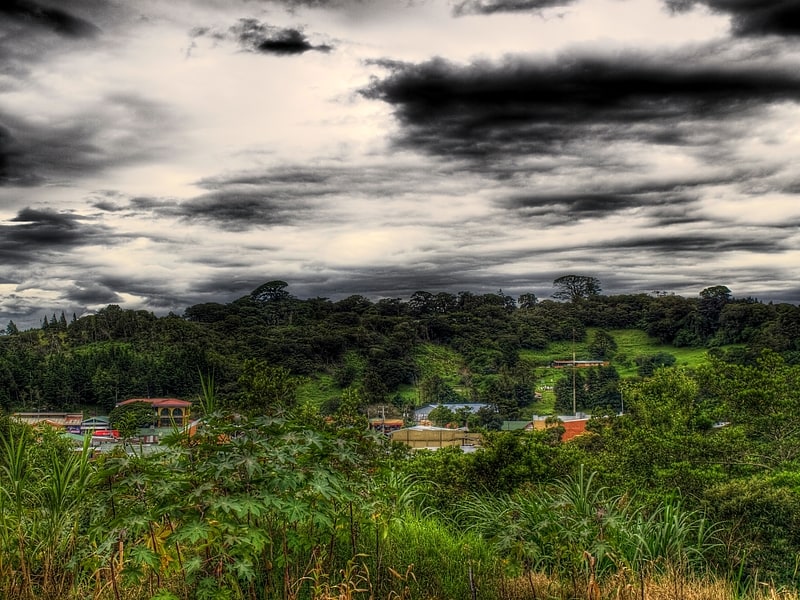
The Monteverde Theme Park, previously known as Frog Pond Ranarium, located in Santa Elena, north of Monteverde, Puntarenas Province, Costa Rica, is a frog pond turned animal theme park that houses a butterfly farm with approximately 30 live butterfly species and other insects and over 25 species of frogs and other amphibians from around the country in a climate controlled habitat.
The park includes flowering plants, cascading waterfalls and trees. There are also several species of free flying "butterfly friendly" birds. There is a learning center where visitors get a close up view of a variety of live caterpillars feeding and developing on their host plants. It also hosts a newly installed 8-cable zip-line through the park's tropical forest, the only zip-line in Costa Rica open at night.[13]
Address: 100 Mts Oeste Del Hotel Poco a Poco, 60109 Santa Elena
Costa Rica Sky Adventures, Santa Elena
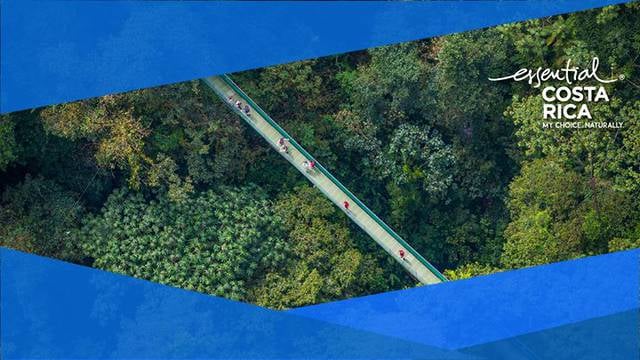
Adrenaline and extreme tours, Adventure park, Eco tours, Nature and wildlife tours, Tours, Outdoor activities, Trail, Cable car
Address: Santa Elena, Puntarenas, Santa Elena
Punta Uva, Puerto Viejo de Talamanca
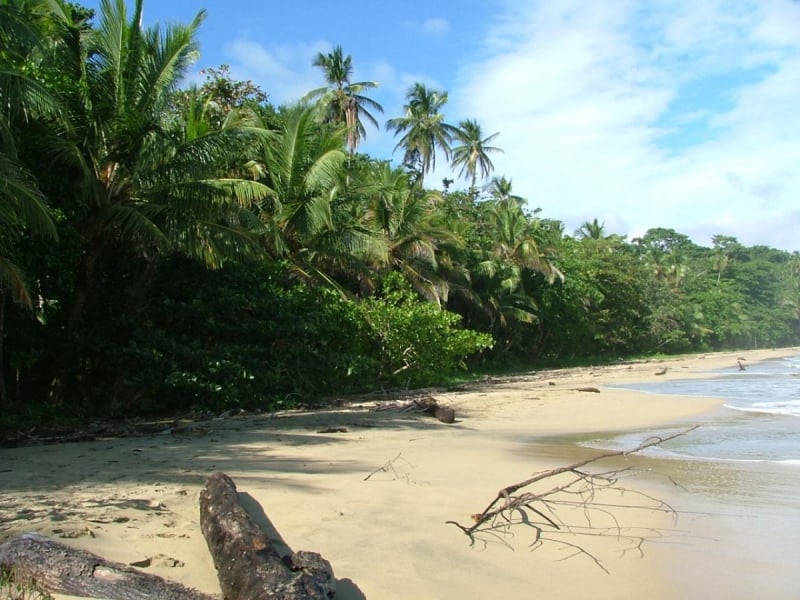
Beach, View point
Playa Puntarenas, Puntarenas
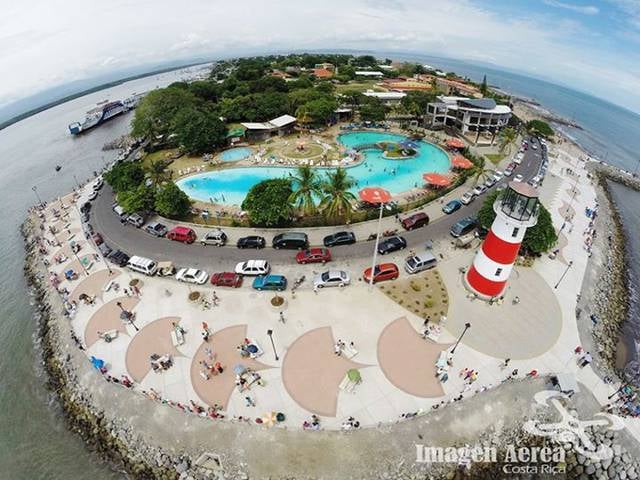
Beach
Address: Playa Puntarenas, Puntarenas
Plaza Ferias, Alajuela
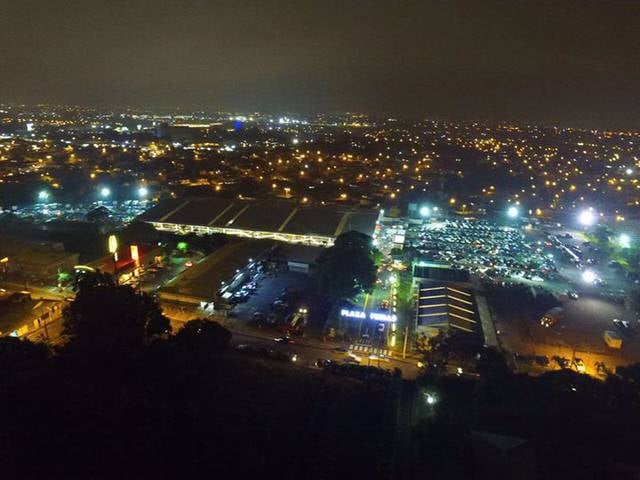
Market, Shopping, Food and drink
Address: 500 Oeste De La Bomba Total, Alajuela